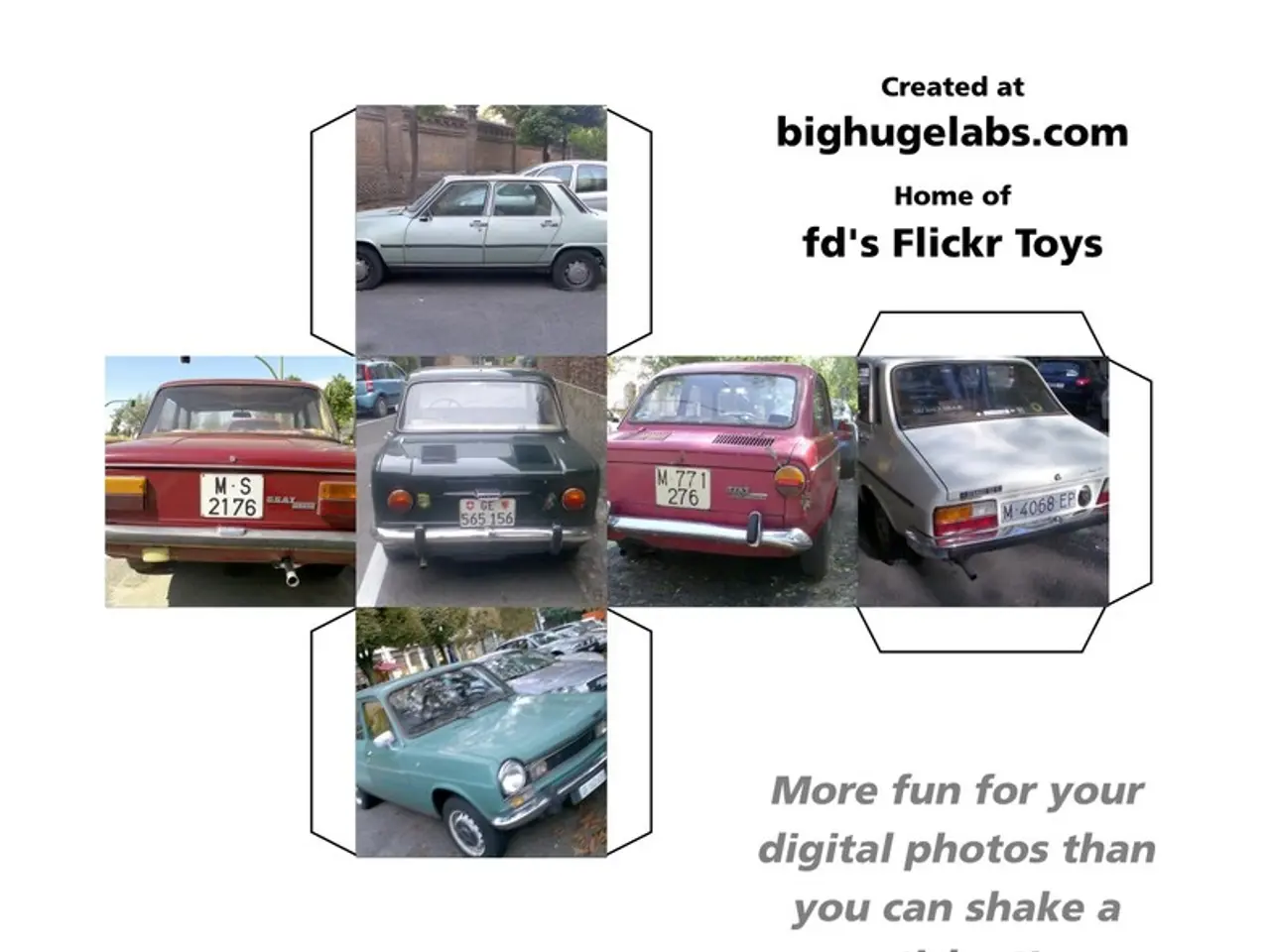Growth projection for the Automotive LiDAR Market, reaching an estimated USD 10.51 billion by 2034
The market for Advanced Driver-Assistance Systems (ADAS), particularly Adaptive Cruise Control (ACC) and Automatic Emergency Braking (AEB), is seeing significant growth, with LiDAR technology playing a pivotal role, especially in this segment.
The development of LiDAR systems is now a collaborative effort between LiDAR manufacturers and semiconductor companies, as the industry strives to overcome challenges and drive full-scale adoption of this technology.
According to forecasts, the U.S. market for automotive LiDAR is projected to grow from $460 million in 2024 to a staggering $3.71 billion by 2034, at a Compound Annual Growth Rate (CAGR) of 24.8%. In 2024, North America accounted for a 38% share of the global automotive LiDAR market, highlighting the region's significance in this sector.
However, the path towards widespread LiDAR adoption is not without hurdles. High system costs, complexity and size, adverse weather performance, regulatory compliance and standardization, and cost pressures for Original Equipment Manufacturers (OEMs) are some of the challenges that need to be addressed. Strict regulatory frameworks in North America, particularly in the U.S., compel automakers to install safety technologies like AEB and ACC.
Despite these challenges, the LiDAR market is showing promising growth, with the fastest growth being seen in solid-state LiDAR sensors. Companies like LeddarTech are actively working on developing cost-effective LiDAR sensors, focusing on industrial applications. It is anticipated that prices for such LiDAR sensors could drop below $250 around 2028.
In Europe, the focus on safety regulations and environmental sustainability offers lucrative prospects for automotive LiDAR. Germany, the UK, and France are investing in real-time image processing, Internet of Things (IoT), and high-resolution/long-range LiDAR solutions.
Notable companies in the LiDAR market include Velodyne, Continental AG, LeddarTech, Phantom Intelligence, Osram Licht AG, Sensata Technologies, Quanergy Systems, Baidu, Ford, and IBEO. Ford, for instance, has introduced high-resolution 3D mapping to enhance LiDAR performance in harsh weather, allowing vehicles to identify road hazards even in poor conditions. LeddarTech has also launched high-resolution 3D and 2D LiDAR solutions with extended range and advanced detection capabilities.
The rising demand for next-generation smart vehicles, driven by urbanization and a burgeoning middle class in the Asia-Pacific region, is another factor fueling the growth of the LiDAR market. As the industry continues to evolve, it is expected that LiDAR technology will play an increasingly important role in the development of autonomous vehicles.
Read also:
- Understanding Hemorrhagic Gastroenteritis: Key Facts
- Trump's Policies: Tariffs, AI, Surveillance, and Possible Martial Law
- Expanded Community Health Involvement by CK Birla Hospitals, Jaipur, Maintained Through Consistent Outreach Programs Across Rajasthan
- Abdominal Fat Accumulation: Causes and Strategies for Reduction







